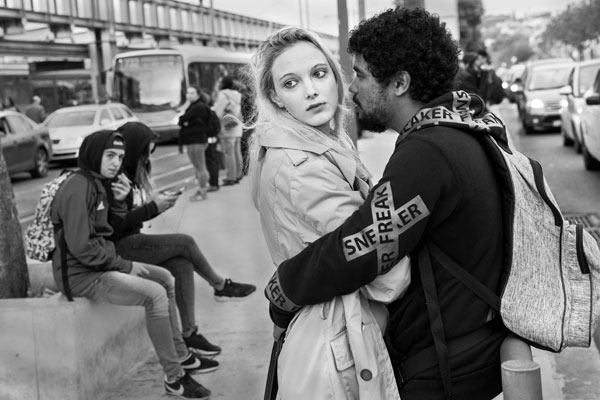A Biased View of Framing Streets
7 Simple Techniques For Framing Streets
Table of ContentsWhat Does Framing Streets Mean?What Does Framing Streets Do?Framing Streets Fundamentals ExplainedThe Best Strategy To Use For Framing StreetsThe smart Trick of Framing Streets That Nobody is Talking AboutThe Framing Streets Ideas
, normally with the goal of capturing pictures at a crucial or touching minute by mindful framing and timing. https://www.webtoolhub.com/profile.aspx?user=42374010.
Not known Incorrect Statements About Framing Streets
Susan Sontag, 1977 Street digital photography can focus on people and their actions in public. In this regard, the road professional photographer is comparable to social docudrama professional photographers or photographers who also function in public locations, yet with the purpose of recording relevant occasions. Any of these digital photographers' images may record people and property noticeable within or from public places, which often entails navigating honest issues and legislations of personal privacy, safety, and home.
Representations of day-to-day public life form a genre in practically every duration of world art, beginning in the pre-historic, Sumerian, Egyptian and early Buddhist art periods. Art managing the life of the street, whether within sights of cityscapes, or as the dominant theme, appears in the West in the canon of the North Renaissance, Baroque, Rococo, of Romanticism, Realistic look, Impressionism and Post-Impressionism.
An Unbiased View of Framing Streets
Louis Daguerre: "Blvd du Holy place" (1838 or 1839) In 1838 or 1839 the very first photograph of numbers in the street was taped by Louis-Jacques-Mand Daguerre in one of a set of daguerreotype sights extracted from his workshop home window of the Boulevard du Temple in Paris. The 2nd, made at the height of the day, shows an uninhabited stretch of street, while the other was taken at about 8:00 am, and as Beaumont Newhall records, "The Blvd, so frequently loaded with a moving bunch of pedestrians and carriages was flawlessly solitary, other than an individual that was having his boots combed.
, who was inspired to undertake a similar documents of New York City. As the city created, Atget aided to advertise Parisian streets as a deserving subject find out here for digital photography.

The Single Strategy To Use For Framing Streets
Martin is the first tape-recorded digital photographer to do so in London with a masked video camera. Mass-Observation was a social research organisation established in 1937 which aimed to record everyday life in Britain and to record the reactions of the 'man-in-the-street' to King Edward VIII's abdication in 1936 to marry divorce Wallis Simpson, and the sequence of George VI. The chief Mass-Observationists were anthropologist Tom Harrisson in Bolton and poet Charles Madge in London, and their very first report was created as guide "May the Twelfth: Mass-Observation Day-Surveys 1937 by over two hundred viewers" [] Window cleaner at Kottbusser Tor, Berlin, by Elsa Thiemann c. 1946 The post-war French Humanist School professional photographers found their topics on the road or in the restaurant. In between 1946 and 1957 Le Groupe des XV every year showed work of this kind. Andre Kertesz. Circus, Budapest, 19 May 1920 Street digital photography created the major material of 2 events at the Museum of Modern Art (Mo, MA) in New York curated by Edward Steichen, 5 French Digital Photographers: Brassai; Cartier-Bresson, Doisneau, Ronis, Izis in 1951 to 1952, and Post-war European Digital Photography in 1953, which exported the concept of road digital photography internationally.

Framing Streets Fundamentals Explained
, then an instructor of young kids, connected with Evans in 193839.'s 1958 book,, was substantial; raw and commonly out of emphasis, Frank's images examined mainstream photography of the time, "tested all the official regulations laid down by Henri Cartier-Bresson and Walker Evans" and "flew in the face of the wholesome pictorialism and genuine photojournalism of American publications like LIFE and Time".